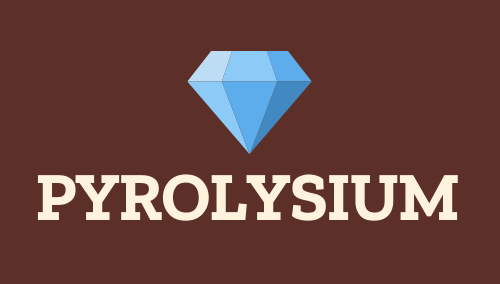
Kosher Salt – More Fresh, Less Processed, More Delicious
Salt is an important component of many foods. Salt is often included in the ingredients of dry mixes, cookies, candy, ice cream, tinned goods, pickles, salsas, and barbecue sauce. Salt has many nicknames, such as rock salt (also known as cave salt), kosher salt and sea salt. Most salt is used in the preparation of poultry and fish, and may also be added to food products to increase the salt content, or tenderize them.
Sea salt is sea salt harvested from the sea water. It is employed for cooking, seasoning, photography, cosmetics, and also for preserving food. It is also sometimes called black sea salt or solar sea salt. As indicated by its name, the production of sea salt dates back to prehistoric times.
Marine salt is formed by evaporation of seawater containing sulfur-producing bacteria. It contains trace amounts of hydrogen, sulfur, oxygen, and ammonia, as well as iron, manganese, calcium, zinc, phosphorus, and silicon. The salt contains magnesium, sulfur, and potassium, as well as sodium, copper, and bromide. Marine salt can be used in a wide variety of cooking methods, depending on its mineral content. It usually tastes salty.
Keshi is the Hebrew term for kosher salt. It derives from the ancient Judaic tradition in which the Jews were forbidden from eating any type of salt made with animals (kosher). The salt was to be kept in storage, usually in caves. Over time, the salt became refined to make it suitable for consumption.
Kosher salt contains three different minerals, each with its own distinctive taste. Sodium chloride is the major component, and it has a light flavor. Calcium and magnesium chloride combine to produce a salty taste. Magnesium salt has a sharp salty taste, while calcium salt has a soft, fruity flavor. These characteristics make kosher salt ideal for sprinkling on stews and breads, and it adds to the flavor of baked fish and chicken.
Crystallized salt also known as kosher salt is a salt mixture that consists of all the salt types discussed above, together with some extra minerals such as potassium chloride and magnesium chloride. It can be used in just about every type of cooking, although it is not recommended for baking, as its flavor is very bitter. It does not have a great taste, however. In addition to being non-baking, crystallized salt can also be used as table salt. It provides a saltier taste than regular table salt.
There are two kinds of additives added to table salt: one is a potassium salt deposit, which changes the color and texture. The other kind is an ionic salt deposit that leaves a hard, glossy, fine grain structure of various sizes. Table salt does not contain any minerals but is used mainly as a sodium-potassium ionic compound. It gives salt its characteristic dark color and shiny texture.
Potassium and magnesium chloride are the only two minerals found in salt. There are many different types of salt on the market, and each type has a different mineral content. There is salt with the highest mineral content available being sodium chloride; however, this particular salt can be extremely pricey. A table salt sample can tell you more about the mineral content of the salt you’re considering buying.
Salt crystals are organic compounds formed when salt is exposed to heat, air or water. The salt crystals usually grow larger and darker with time and they may seem crumbly. There are different types of minerals found in table salt, and each has a distinct appearance and color. However, most salt deposits have a gray, silver or gold color. In addition, some salt deposits have very fine white or translucent crystals.
Salt’s texture depends on the minerals that are present. If there are a lot of iron particles in salt, then the salt will have a coarse texture. Conversely, if there are no iron particles in the salt, then the salt will have a finer texture. Salt can be used to season foods or to give them a particular taste.
Although kosher salt is the salt of choice for Jewish food, it is also available in other cuisines. Its use as a table salt is increasing, and kosher salt is now sold in convenient table salt shakers that make it easier for people to buy and use. Today, there are more choices in kosher salt than ever before, and a wide range of colors and textures is available. With so many salt mines scattered around the world, and so few regulations regarding its mining, it is clear that kosher salt is here to stay.
